Time Period: Civil War through Reconstruction (1861 - 1874)
 James T. White
James T. White
Whiteley’s Mills, Skirmish at
Whitmore’s Mill, Skirmish at
aka: Skirmish at Whitten's Mill
Whitney’s Lane, Action at
aka: Skirmish at Searcy Landing
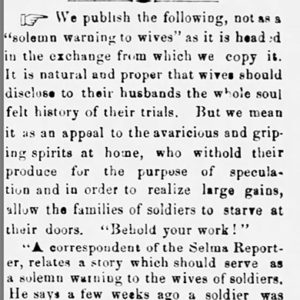 Wifely Duties
Wifely Duties
Wild Haws Expedition
aka: Strawberry Creek Expedition
Wilhite Cemetery
aka: Sims Cemetery
William Frazier House
aka: Frog Level
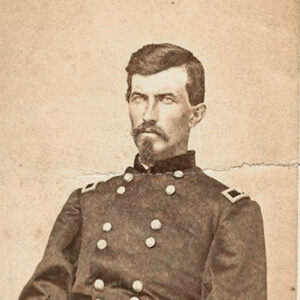 James M. Williams
James M. Williams
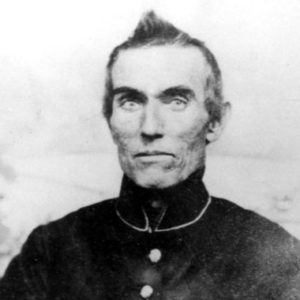 Jeff Williams
Jeff Williams
Williams, Jeff
aka: Thomas Jefferson Williams
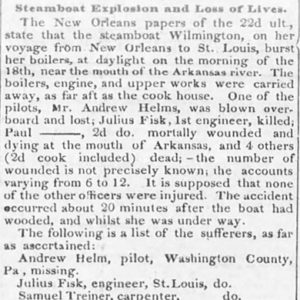 Wilmington Steamboat Article
Wilmington Steamboat Article
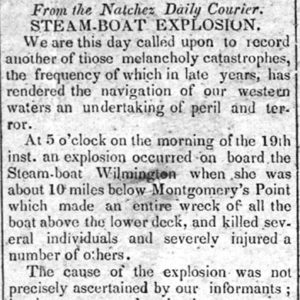 Wilmington Steamboat Article
Wilmington Steamboat Article
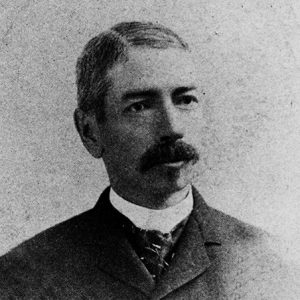 Byron Wilson
Byron Wilson
Witt, Allen Rufus
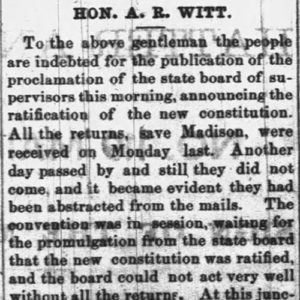 Allen Rufus Witt Story
Allen Rufus Witt Story
Wittsburg Fortification
 Joseph Marion Wolf
Joseph Marion Wolf
Women in the Civil War
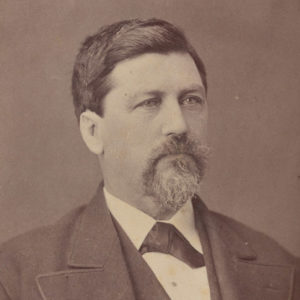 Samuel N. Wood
Samuel N. Wood
 Woodward Death Story
Woodward Death Story
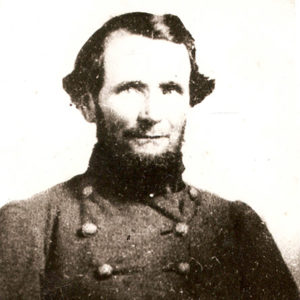 William B. Word
William B. Word
Wright’s Arkansas Cavalry (CS)
Yell County with Skirmishes, Scout in
Yell, James
Yellville Expedition (November 25–29, 1862)
Yocum Creek, Skirmish at
aka: Skirmish at Duncan Springs
Yonley, Thomas D. W.
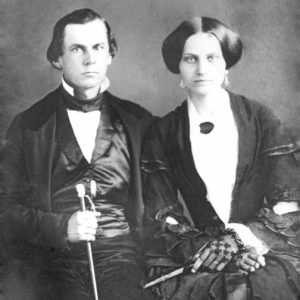 Norborn and Sarah Young
Norborn and Sarah Young




